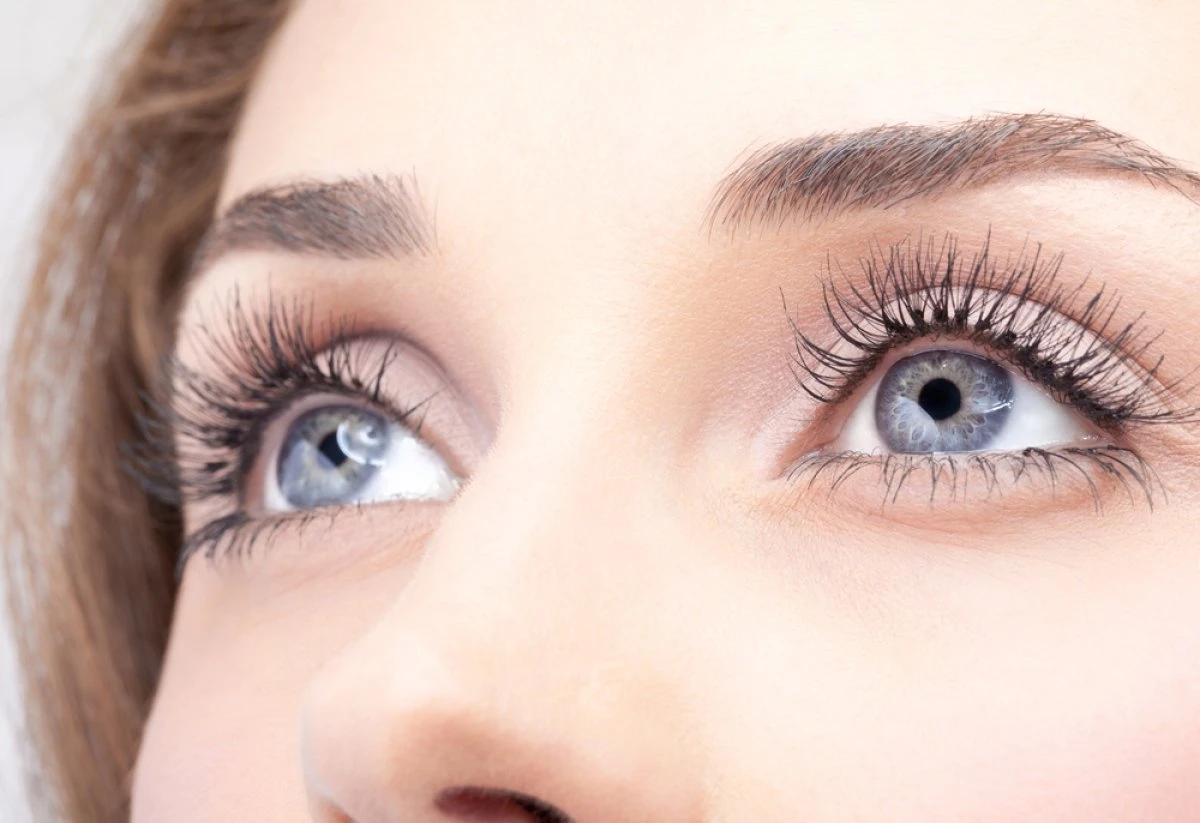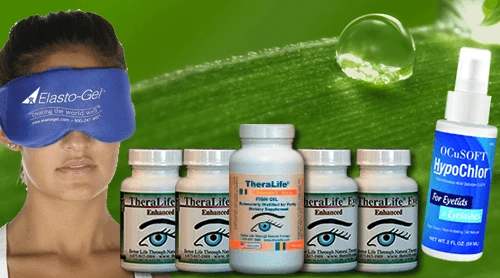Nearsightedness, also called presbyopia or nearsightedness, is a common condition that affects roughly one-third American citizens. Nearsighted people have naturally wide-focused eyes. This allows them to see clearly close-up but blurred vision in the distance. Even those who are not very nearsighted can feel the effects of presbyopia. Many glasses now include built-in readers for correcting presbyopia.

What it is
Presbyopia is a common vision defect that typically affects older people. Like myopia and hypermetropia, presbyopia can interfere with normal activities. Contact lenses or glasses that provide near-sighted and distance vision are the best options to correct presbyopia. Sufferers will find the best solution in the bifocal lens. The lens’ concave section bends light into two images, one near and one far.
Presbyopia refers to a progressive vision disorder that can affect older adults. Presbyopia can cause headaches, eye strain, or eyestrain. In some cases, laser surgery may be the best way to treat the problem. This is not recommended for all people. A thorough eye exam is essential if you are concerned about the impact of presbyopia on daily life. A comprehensive eye exam will help determine the best course.
Determining if you’re at risk
A general eye examination can help determine whether you’re at risk. It will assess your vision acuity, refractive power (the ability for you to focus on objects at close quarters), and the health and condition of your retina. You’ll also be measured for contact lenses and glasses, and any changes to these measurements should be discussed with your eye care provider. You’ll also want to monitor the progression of your condition and take steps towards improving your eye’s overall health.
Presbyopia patients should consult their doctor to determine if they are eligible for contact lenses or glasses. The prescription may be necessary, but not for all. Moreover, it’s important to check the age of a person to avoid developing presbyopia. The age of a person is one of the most important factors for developing this condition.
Presbyopia can impact your vision quality. Luckily, there are various options to treat the problem. There are many different types of corrective lenses. Prescription reading glasses can be purchased at a retail store or from an eyecare professional. Nonprescription glasses may be possible for those who have good vision. Prescription reading sunglasses will work well for people who don’t have any vision problems.
A multifocal lens is another option for people that don’t wish to wear glasses. This type of lens provides correction for both near and distance vision. A multifocal contact lenses will allow you to see distant objects clearly. If your eyes are in poor condition, a lens implant might be the only option. In the meantime, a patient can try to buy lenses online.
The corneal inlay is a newer technology that corrects presbyopia. This technology is an option to eyeglasses. This type of eyeglasses can correct both near- and farsighted vision. This type of lens is often called a monofocal. You can also wear a monofocal contact lenses with a GP multifocal. You can also get monovision contacts with a near or distant prescription on the same lens.
Correction
An ophthalmic implant is an option for correcting presbyopia. An inlay, which is a tiny device, has two lenses inside. The lens can be placed in one eye at the time. The implanted lenses will hold the eye in its place permanently. It is an excellent choice for correcting presbyopia. The inlay is not as effective, but it is a good option. It can cause vision loss, increased cataract risk, and other complications.
The FDA approved an implantable device for treating nearsightedness. It is a prescription only drug that will treat the underlying causes of the condition. It will not improve your close vision. Regular eye exams are important to ensure that your eyes function properly. They will look for any problems in your eyes and recommend the best course of action. They will also monitor and adjust your prescription in order to ensure you have optimal vision.




